
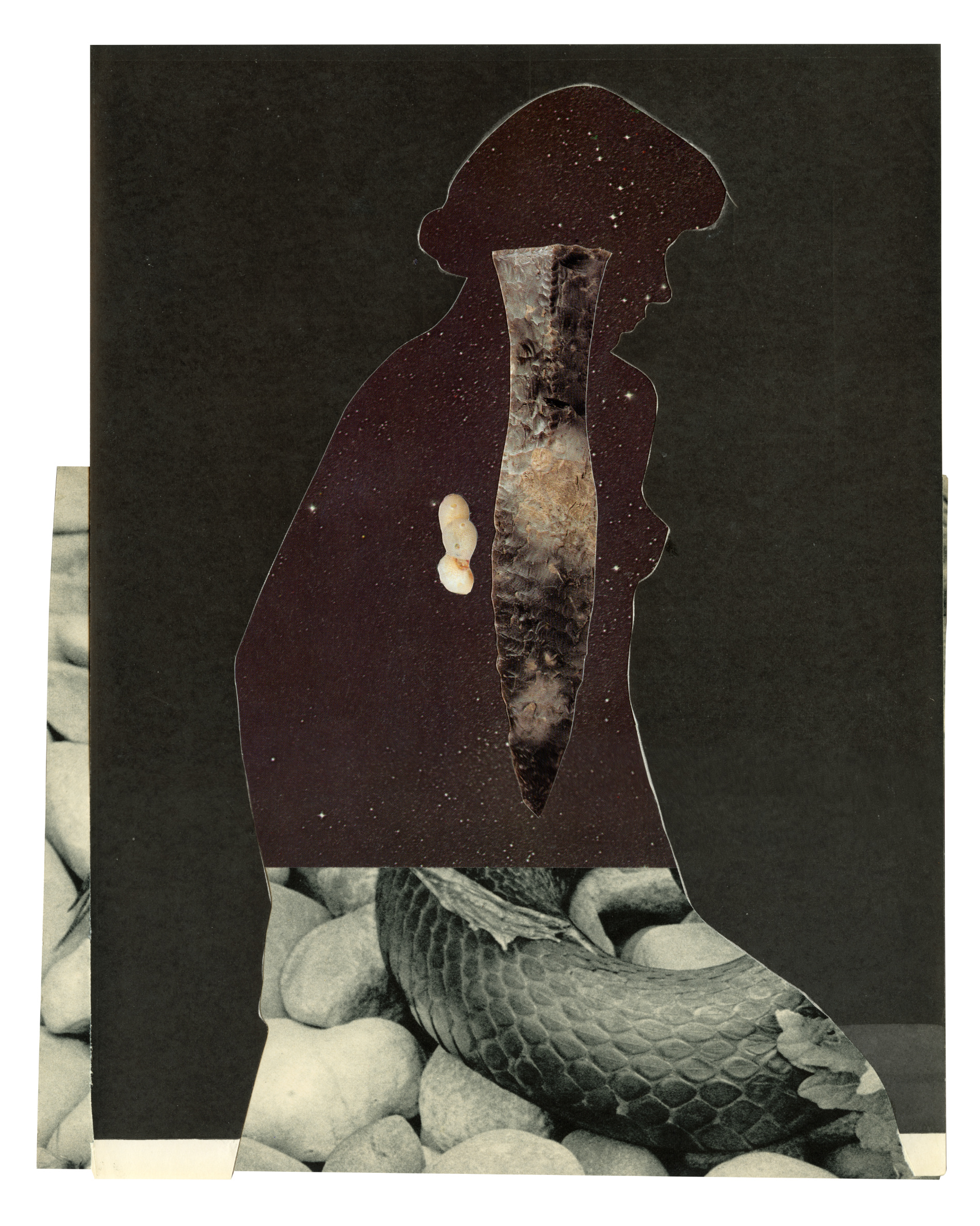







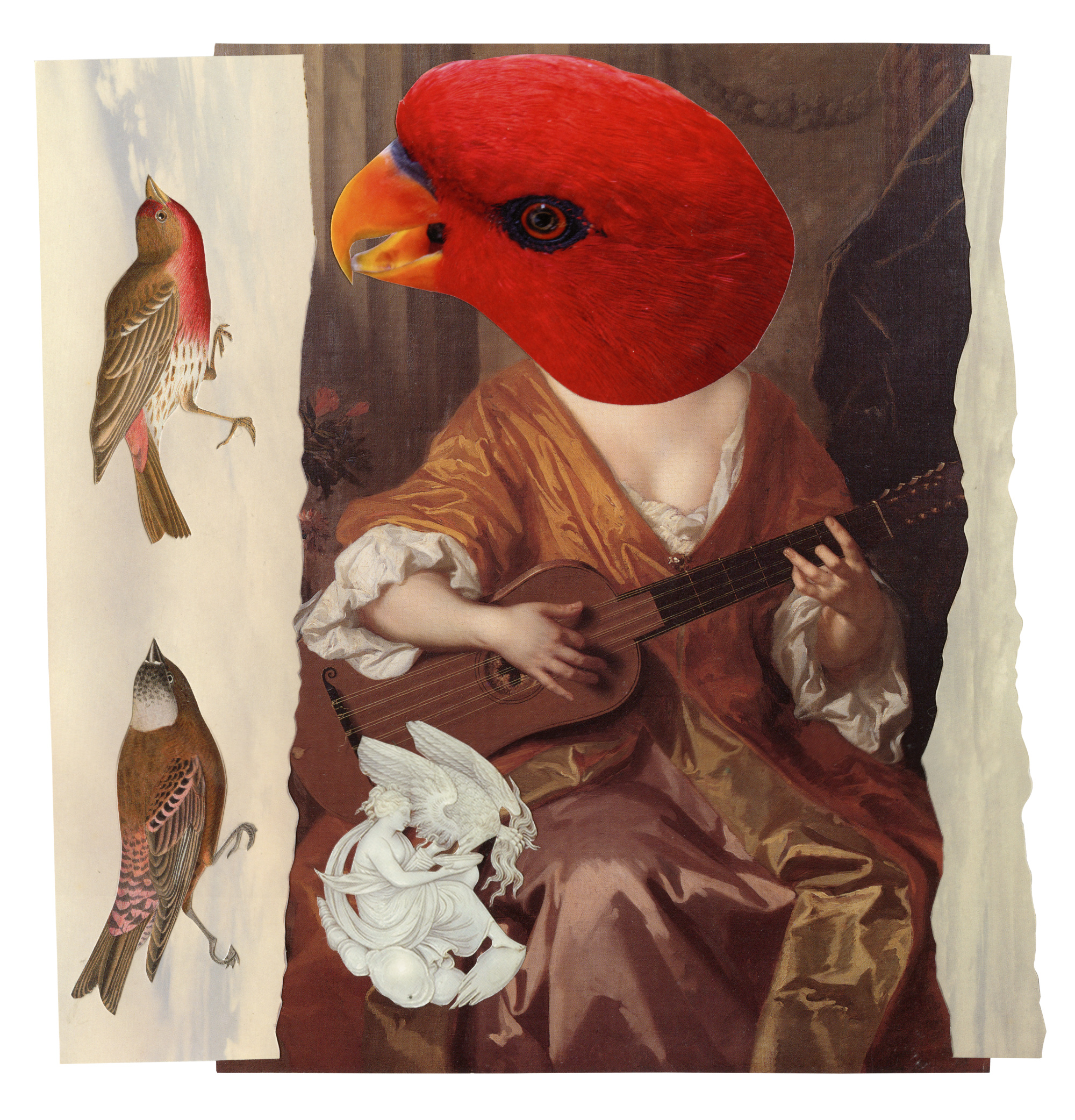




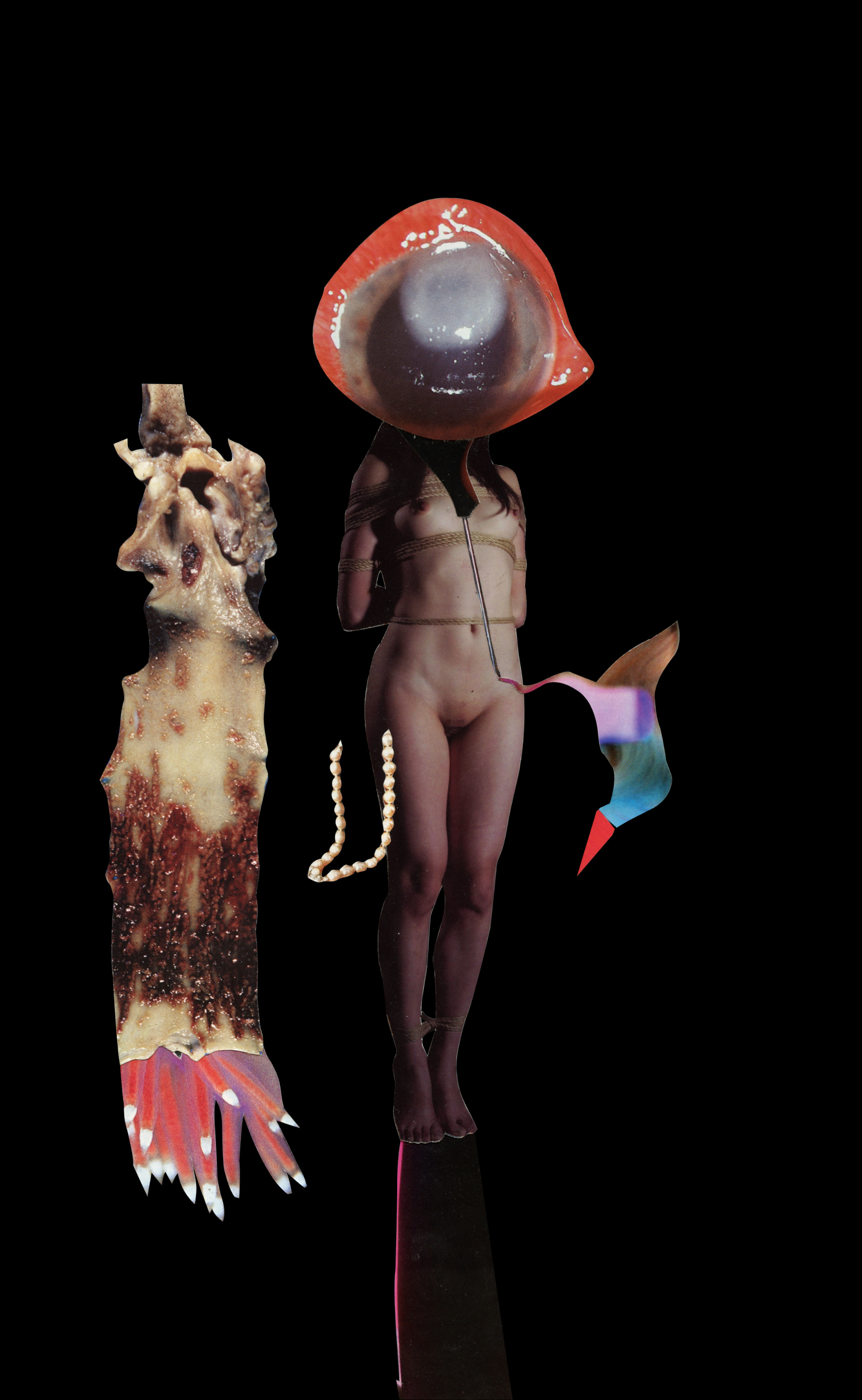
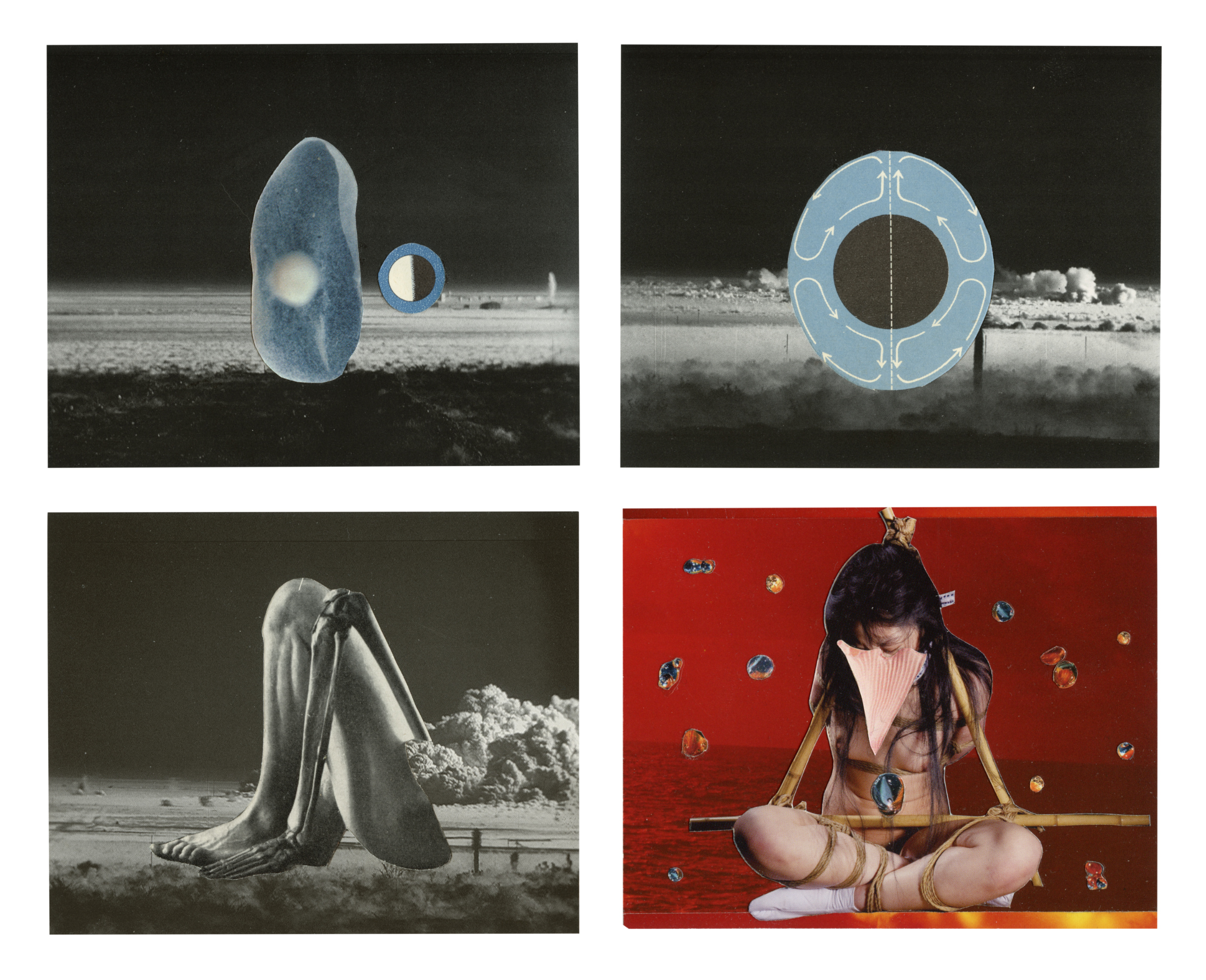
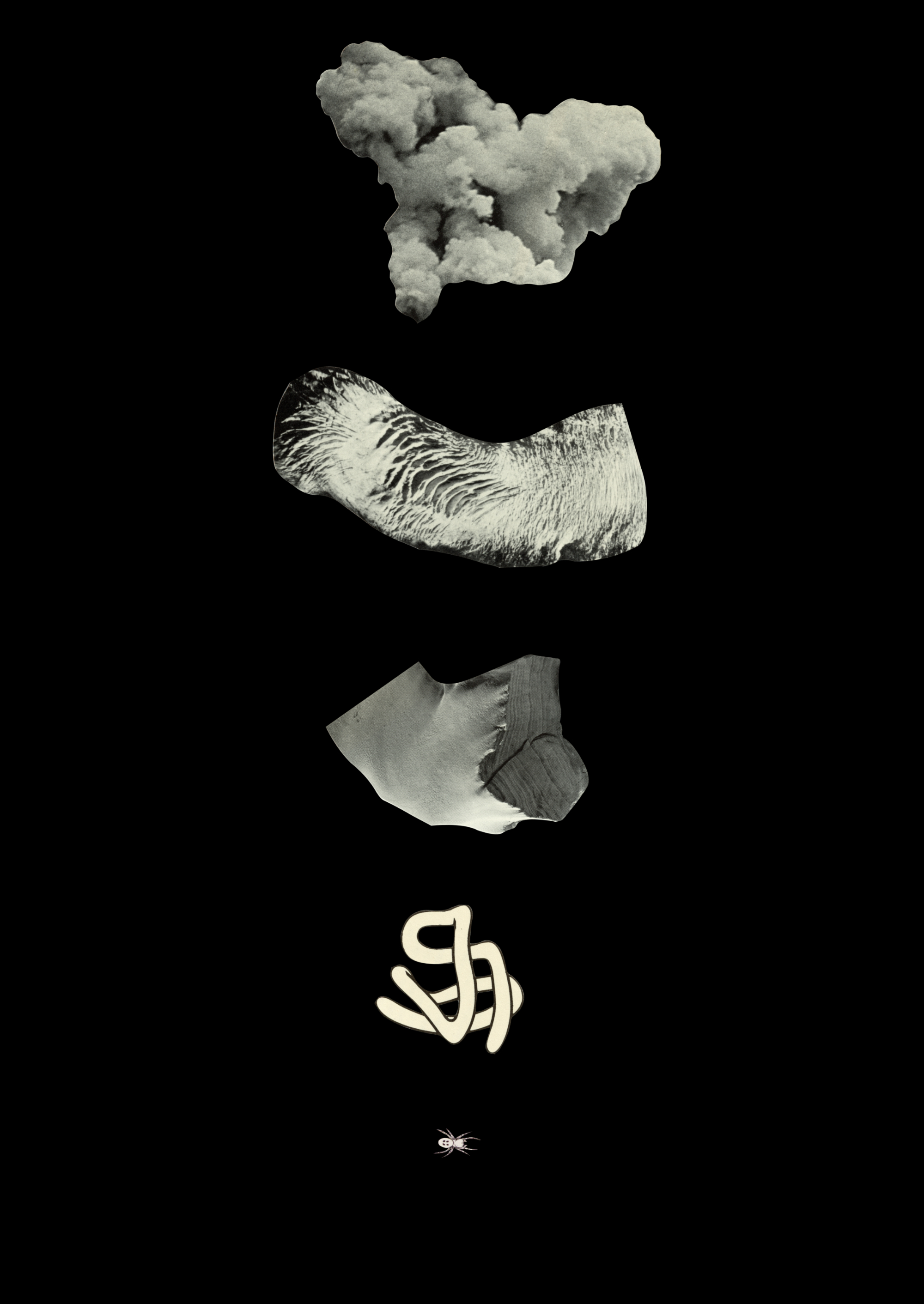
The Dragon
Chapter-1: The play "The Dragon" by Evgeny Shvarts has been a significant source of inspiration for this project.
Evgeny Shvarts's play "The Dragon" (in Russian: "Дракон") is a classic work of Russian theatre, known for its mix of political satire and fairy tale elements. The play was first performed in Moscow in 1944, during World War II, and has since become a staple of Russian theatre.
The plot of "The Dragon" revolves around the town of Omsk, which is threatened by a fearsome dragon that demands regular offerings of young women. When a brave soldier named Lancelot arrives in town, he is determined to slay the dragon and save the people of Omsk. However, he soon discovers that the dragon is not quite what it seems, and that the town's rulers may be just as dangerous as the mythical beast.
One of the most striking aspects of "The Dragon" is its use of allegory to comment on the political and social climate of the time. Shvarts was a master of using fairy tale motifs to critique authoritarian regimes and oppressive systems, and "The Dragon" is no exception. Through the character of the dragon, he explores themes of power, manipulation, and corruption, showing how these forces can be just as destructive as any physical threat.
You see, my dear man, I personally crippled them. This way and that, any way I needed. Human souls, my dear man, are very sturdy things. Chop a body in half, and the man will croak. Rip his soul in half, and he’ll just become more obedient. No, no, you won’t find such souls anywhere else, only in my town. Armless souls, legless souls, deaf-and-mute souls, shackled souls, stoolpigeon souls, damned souls. Do you know why the mayor pretends to be crazy? So that people wouldn’t realize he hasn’t got a soul at all. Tattered souls, bought-and-sold souls, dead souls. It’s really too bad they’re invisible.
- Evgeny Shvarts, The Dragon, 1944 (This project is divided into three chapters, press here for chapter two and here for three)